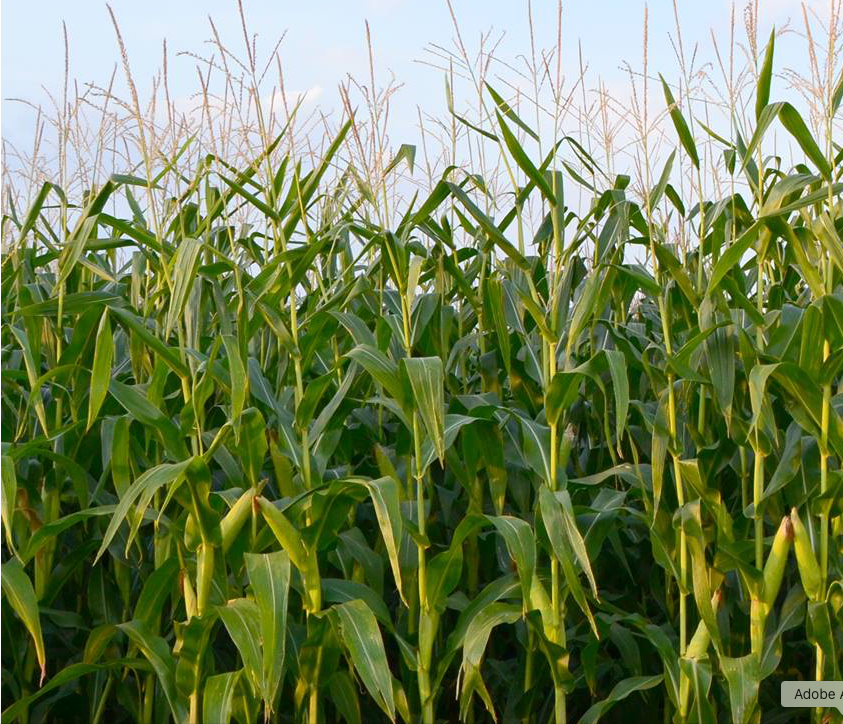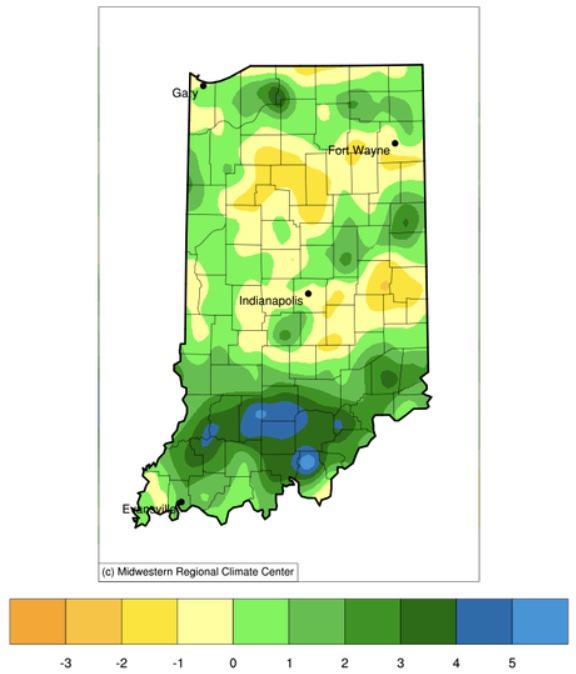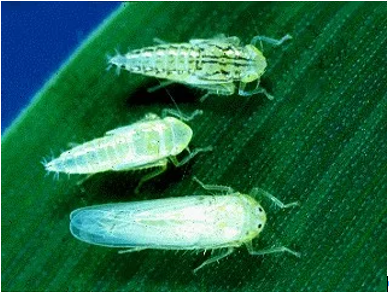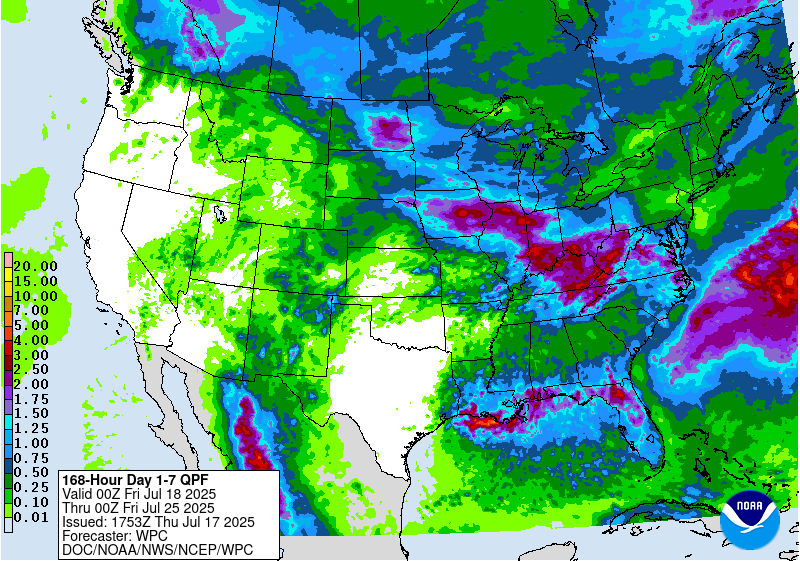
When it gets very hot and very humid, people see the fields of tall, green corn and point the finger at these fields. Corn is not making your days more humid unless you are walking in corn fields all day.

When it gets very hot and very humid, people see the fields of tall, green corn and point the finger at these fields. Corn is not making your days more humid unless you are walking in corn fields all day.

Hot, muggy days in Indiana can get old, quickly! With all the rain lately, and higher humidity, it has been a challenge to get any nighttime relief.

The corn leafhopper (Dalbulus maidis) is a familiar pest to corn producers and pest managers in Central (its native range) and South America.

The post-pollination scuttlebutt overheard in coffee shops throughout Indiana during mid- to late summer often revolves around the potential for severe stress that might reduce kernel set or kernel size in neighborhood cornfields.

The heat and humidity have returned to the state, as heat indices soared above 100°F on Wednesday and Thursday (July 23-24) this week.

One of the more unusual issues showing up in Indiana corn fields this summer is “tassel wrapping”, a phenomenon where the uppermost leaves, including the flag leaf, remain tightly wrapped around the developing tassel (Figure 1).

Southern corn rust has now been confirmed in two counties (Knox and Warrick) and we are awaiting samples from Porter, Shelby, Bartholomew, Decatur, Jennings that are highly probable for this week in Indiana (Figure 1).
As mentioned in this space last week, below is a survey link to gain some insight into mid-season insect pests.

Precipitation forecasts for Indiana over the next 7 days (through late Thursday, July 24) are calling for close to 3 inches (Figure 1).
This half-day event will provide insight into the latest in grain and fiber hemp production, crop diversification, post-harvest handling, and product development.
© 2025 Purdue University | An equal access/equal opportunity university | Copyright Complaints | Maintained by Pest&Crop newsletter
If you have trouble accessing this page because of a disability, please contact Pest&Crop newsletter at luck@purdue.edu.